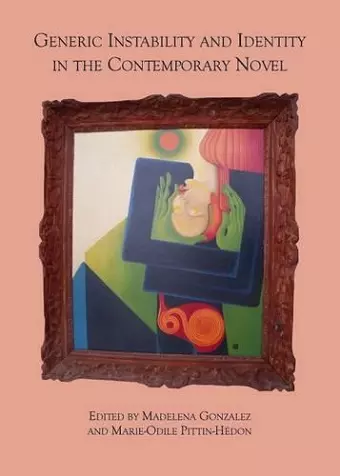Generic Instability and Identity in the Contemporary Novel
Format:Hardback
Publisher:Cambridge Scholars Publishing
Published:13th Jan '10
Should be back in stock very soon

Contemporary aesthetics is characterized by generic mixing on the level of both form and content. The barriers between different media and different genres have been broken down in all literary art forms, whether it be theatre, poetry, or the novel. While the publishing industry is increasingly keen to label novels according to genre or sub-genre (“Chick Lit”, “Lad Lit”, “Gay fiction”, “Scottish fiction”, “New Historical Fiction”, “Crime fiction”, “Post-9/11 Fiction”), the novel itself (and novelists) persist in resisting generic categorizations as well as inviting them. Is this a move towards a new artistic liberty or does it simply testify to a confusion of identity? The “aesthetic supermarket” evoked by Lodge in 1992 does indeed seem to sum up the variety of choices open to writers of fiction today and a literary landscape characterized by crossover and hybridization. The familiar dialectic of realism versus experimentation has segued into a middle ground of consensus which is neither radical nor populist, but both at the same time. The techniques of postmodernism have become selling points for novels, and the Postmodern Condition itself seems little more than a narrative posture marketed for an increasingly wide audience. Whether they have recourse to a “repertoire of imposture” (Amis, Self, Winterson), as Richard Bradford would have it (The Novel Now, 2007), in other words “the abandonment of any obligation to explain or justify their excursions from credulity and mimesis”, or, like the New Puritans, make use of narrative minimalism in order to foreground their own peculiarities, contemporary novelists consistently draw attention to the fundamental instability of narrative process and genre.The much-feared apocalypse of the novel has failed to take place with the arrival of the new millennium, but generic game-playing and flickering, narrative hesitation and uncertainty continue to pose the question of what constitutes a novel today and to challenge its identity in a world where all culture is increasingly public, increasingly contested and increasingly multifarious. Thanks to theoretical approaches as well as analyses of specific works, this collection of essays aims to examine the concepts of generic instability and cross-fertilization, of narrative postures and impostures, and their constant redefinition of identity, which contaminates the very concept of genre. It demonstrates the diversity of generic practices in the novel today and furnishes us with undeniable evidence of how generic instability is fundamentally constitutive of the contemporary novel’s identity.
ISBN: 9781443817325
Dimensions: unknown
Weight: unknown
255 pages
Unabridged edition